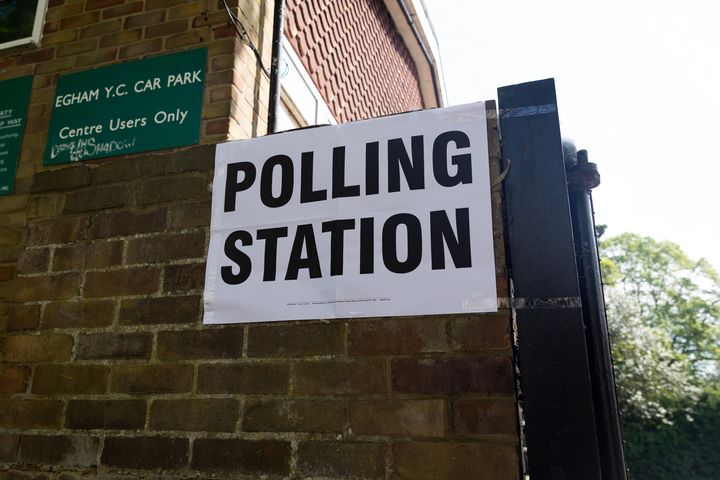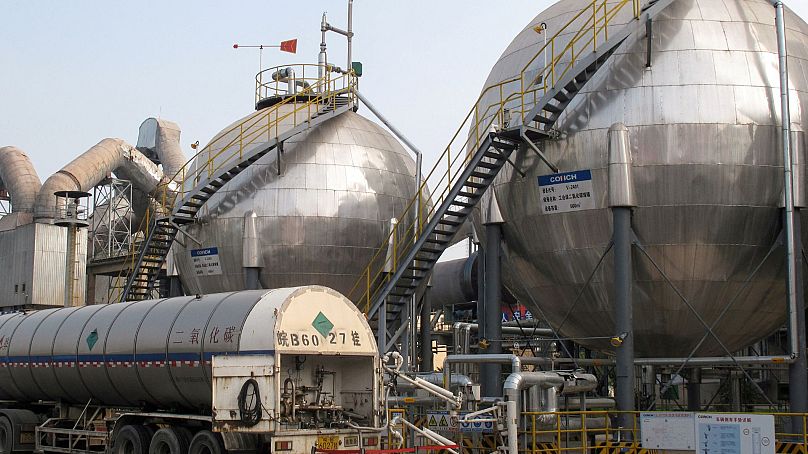By Sarantis Michalopoulos | Euractiv.com
Nov 24, 2023
Content-Type: Opinion
DISCLAIMER: All opinions in this column reflect the views of the author(s), not of EURACTIV Media network.

The Brief is Euractiv's evening newsletter.
Euractiv is part of the Trust Project >>>
With a Trump 2.0 administration considered to be an increasingly realistic scenario in Brussels, Europe has started looking to future-proof its relations with Washington while Eurosceptics are having a field day.
As Euractiv has previously reported, over the past weeks, European Commission officials and member states have started discussing how to ‘Trump-proof’ the Brussels-Washington relationship, given the experience with the previous Trump administration.
A senior source from the centre-right European People’s Party (EPP) also confirmed to Euractiv that more consideration is being given to how to deal with a potential new Trump era and expedite the progress of legislation needed in specific fields, such as trade.
“Europe is examining all the key strategic moves that need to be made”, the EPP source said. “We have many unknowns such as the decoupling from China discussion, the Ukraine issue […] We need to be ready.”
Traditionally, US Democrats have been aligned with the EU’s liberals and centre-left and US Republicans with the EU centre-right (EPP).
However, with Trump at the helm, the US Republicans no longer have their traditional friends from the European People’s Party on board. Under the current EPP leadership, all relations with the Republicans have been frozen.
Moreover, the EU centre-right has also frozen its relationship with the International Democracy Union (IDU), which promotes conservative policies across the globe and supports Trump.
Although Europhiles have started taking measures, on the other side of the political spectrum, Eurosceptics are rushing to buy red carpets.
Europe’s own political landscape is shifting, from the Netherlands and Geert Wilders’ election victory to Germany’s far-right AfD, which is consistently polling in second place. Giorgia Meloni’s Brothers of Italy government is already in power.
In France, Marine Le Pen leads the polls, as does the far-right FPÖ in Austria. In Spain, Franco nostalgics in Vox attempted to get into government following the inconclusive July elections but a coalition with the centre-right did not materialise.
And in Sweden, the vice president of the conservative ECR and MEP for the far-right Sweden Democrats is now calling for Swexit, should the EU obtain more powers than it currently has.
On the other end of the spectrum, the left is steadily declining.
From Greece to France and Germany, leftist parties are being dismantled. An already fragmented EU left is collapsing.
The EU liberals, centred around France’s Emmanuel Macron, are expected to see a further drop in their influence after next June’s EU elections as they struggle to establish a clear political identity, relying mostly on the spiel of “either you vote for us, or left-wing or right-wing populism is coming”.
For their part, the Greens’ environmental agenda is proving to be somewhat disconnected from people’s needs and reality. Caring more about electric cars than people’s pockets does not go down well with most of the EU electorate.
Similarly, the Socialists remain divided into two camps: a ‘centre-right in disguise’ or mainstream leftists.
All these parties, broadly considered ‘progressive’, are expected to be dealt electoral blows in the upcoming EU elections.
On the other hand, conservatives in the ECR, who aim to represent the new centre-right face of the EU, are expecting gains. From Italy’s Meloni – who has openly expressed her admiration for Trump – to Poland’s PiS party, which will do everything to paralyse the leadership of more reform-minded Donald Tusk.
The EPP is still projected to remain the main power in EU politics and will highly likely keep the top Commission job under Ursula von der Leyen. The recent fretting in and around Berlaymont is therefore not at all surprising.

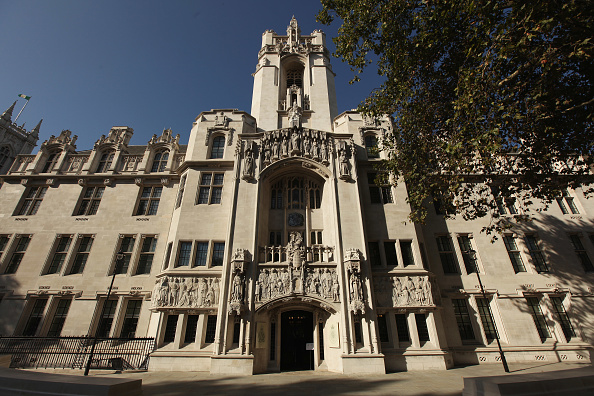

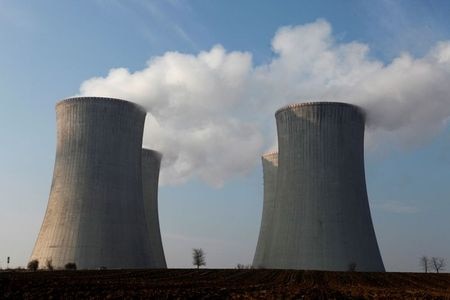
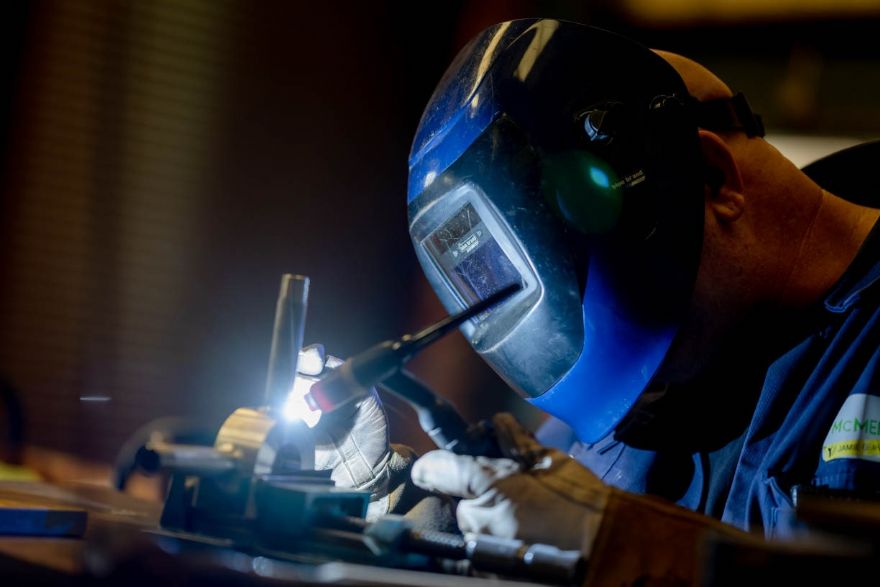 Photo courtesy of McMenon Engineering
Photo courtesy of McMenon Engineering
